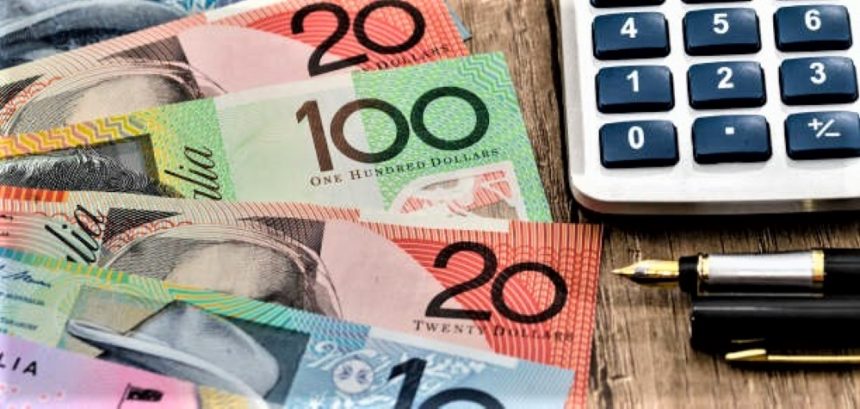Australian dollar falls with the revelation of stronger PMI numbers.
The Australian Dollar (AUD) retraced its recent gains on Wednesday. Despite an increased preliminary Purchasing Managers Index (PMI) from Australia. Which is reported monthly by Judo Bank and S&P Global. However, the US Dollar (USD) remains stable. Keeping its favorable position from the previous session, despite a decline in the two year United States (US) bond yield.
Australian Manufacturing and Services PMI rose to 50.3 and 47.9, respectively.
Australia’s PMI data shows a positive change in business activity in January across all sectors. The Manufacturing PMI rose from 47.6 to 50.3. Indicating improvement. Services PMI increased from 47.1 to 47.9. The Composite PMI increased to 48.1, up from 46.9 in December. Furthermore, Australian stocks extended their upward trend, reaching a third straight record high. The jump was attributable to improved performance in mining and energy equities, which benefited the AUDUSD pair.
As geopolitical tensions rise, US dollar demand remains strong due to risk aversion.
The US Dollar Index (DXY) has remained consistent following its recent rally, as purchasing demand in the US Dollar remains strong due to risk aversion sentiment. This tendency is most likely linked to increased geopolitical tensions in the Middle East. The US Secretary of Defense announced that “US military forces carried out essential and proportional strikes on three facilities utilized by the Iranian backed Kataib Hezbollah militia group and other Iran-affiliated groups in Iraq.” These actions were taken in direct response to a series of escalating attacks.
Traders are likely to look forward to the release of the S&P Global Purchasing Managers Index data from the United States on Wednesday. This information is expected to provide critical insights into corporate activities across the country, influencing market opinions about the Federal Reserve’s (Fed) interest rate trajectory.
Money market futures have decreased the possibility of a Fed rate drop in March. However, by May, there is complete pricing in for a 25 basis point (bps) decrease. And the probability The probability of a more substantial 50 basis points cut is 50%.
Daily Market Movers: Australian Dollar Gains on Positive PMI Data.
Australia’s Westpac Leading Index (MoM) fell 0.03% in December after rising 0.07% in November.
National Australia Bank’s business conditions fell to 7 in December from 9 the previous month.
National Australia Bank’s Business Confidence has improved to -1 from -9.
In January, Australia’s consumer inflation expectations stayed at 4.5%.
Furthermore The Chair of Australia’s sovereign wealth fund. Peter Costello, stated that inflation in Australia is showing early signs of reduction. However, Costello adds that there is still a long way to go to bring prices back inside the RBA’s goal zone.
The People’s Bank of China maintains its The Loan Prime Rate (LPR) remains stable. For both the one year and five year durations. The rate has remained at 3.45% for one year and 4.20% for five years.
Moreover The Leading Economic Index for December improved somewhat. From -0.5% in November to -0.1% in December. According to the US Conference Board. This exceeded the expected improvement of -0.3%.
The preliminary US Michigan Consumer Sentiment Index increased to 78.8 in January from 69.7 the previous month, surpassing the projected result of 70.









